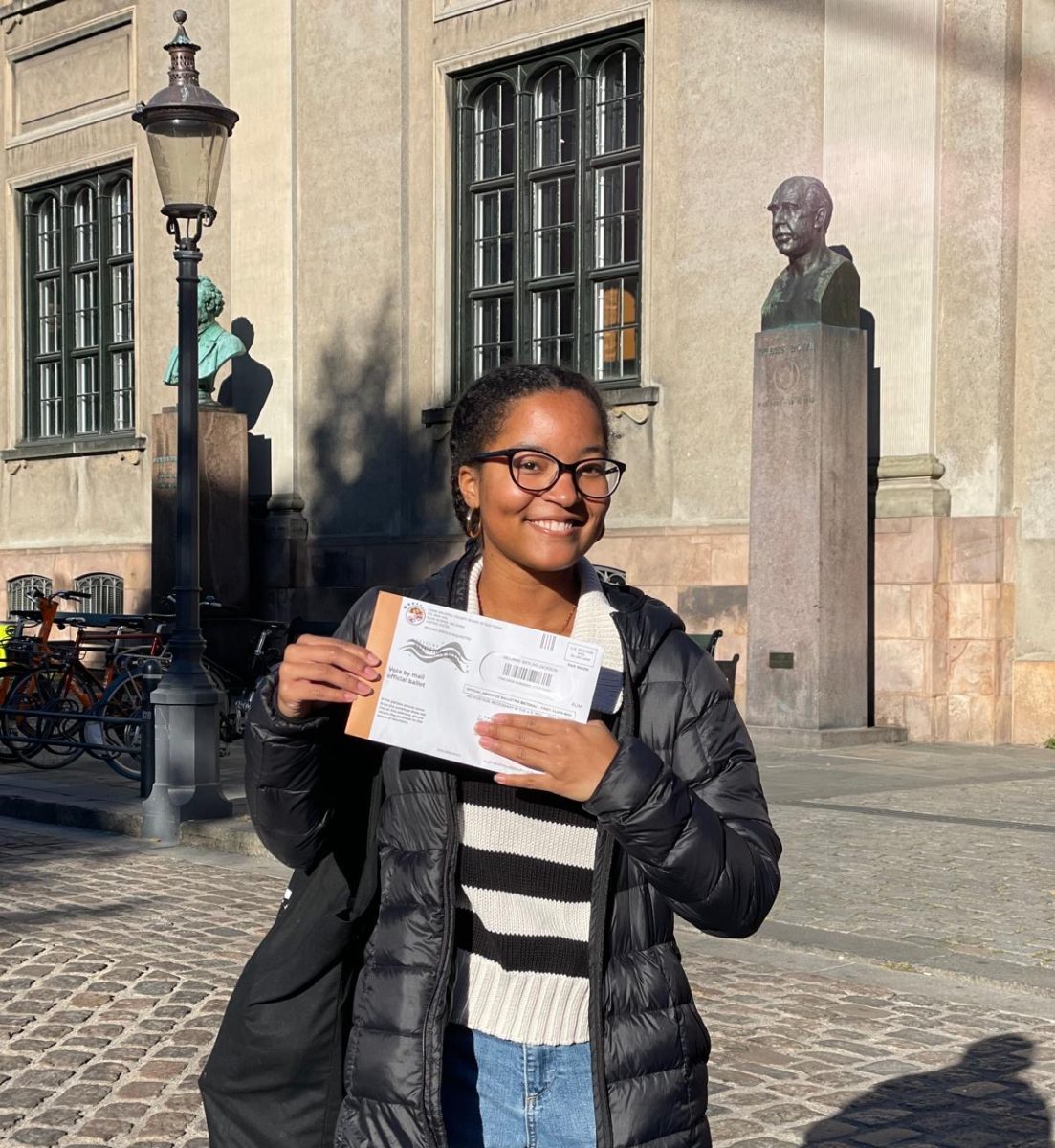Glass cases shimmer slightly under low lighting. Several books sit inside each case, their pages yellowed with age. Footsteps echo on the hard floors as visitors examine each artifact.
The Fifty Women exhibit displays more than 50 books from the late Middle Ages to the beginning of the 20th century that were written, produced, owned or inspired by women. The books on display were selected from the 50,000 items in Bridwell Library’s Special Collections.
“This [exhibit] is new and different,” said Dr. Eric White, curator of Special Collections. “It’s not the usual topic for the history of books.”
Some of the books visitors may recognize, while others are more obscure. Included in the exhibit are Harriet Beacher Stowe’s “Uncle Tom’s Cabin,” a biography of Joan of Arc and a book of poems written by Phillis Wheatley.
Wheatley was a slave during the time she wrote these poems. Her only education was from her slave owner’s children, from whom she learned to read and write. “Then, the spark of genius came out and she was writing poetry,” White said. “She was held up as an exception, an amazing one.” Wheatley’s book, published in 1773, was the first publication of any kind by an African-American woman.
Pamela Patton, chair and associate professor of the Department of Art History, believes that seeing the book in person can bring the author’s story to life.
Considering Wheatley’s story, Patton said, “you think ‘what kind of society was that, what was that like? …How must it have felt for her? I think it really brings those questions to life much more powerfully to sit and stand in front of the book itself.”
Gaining a better understanding of the women featured in the exhibit is not the only thing visitors can learn.
“[The exhibit] is worth seeing because even now, after nearly a half-century of modern feminism, we live in a male-dominant world,” said Beth Newman, program director of Gender Studies. “We need to be reminded of women’s contributions to culture and society.”
As evidenced by this exhibit, women have influenced culture more than most people realize.
Along with how women affected the particular era in which they lived, the exhibit also highlights the growth of women’s roles in society over the centuries.
“This exhibit shows how women’s role has evolved from one of pious religious figure in the Middle Ages, to daring revolutionary in our own lifetime,” SMU junior Alexandra Day said. “Throughout history women have played an important part in the onward march of civilization, whether that part consists of recording history via a printing press or influencing it through her own actions.”
The exhibit shows the history of women’s lives through their books, White said. “We wanted to be inclusive of women in history and…get away from whether they’re women or not because they are interesting…figures. We called it ‘Fifty Women’ to emphasize [the individuals] more than the history of books.”
The Fifty Women exhibit is located on campus in Bridwell Library at the Perkins School of Theology and is open to visitors until Dec. 13, 2013. To set up a
personal tour with Dr. Eric White, email him at [email protected]. You
can also take a virtual tour on the exhibit’s website: www.smu.edu/Bridwell/Collections/SpecialCollectionsandArchives/Exhibitions/FiftyWomen.








